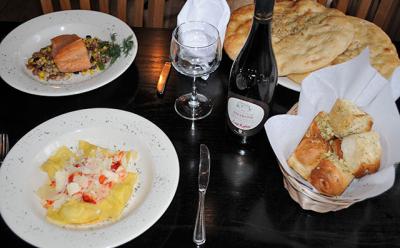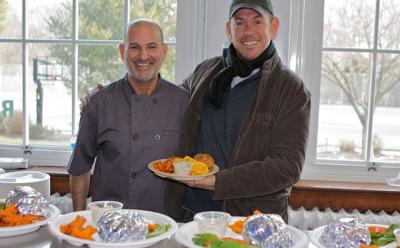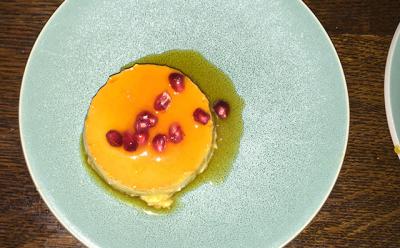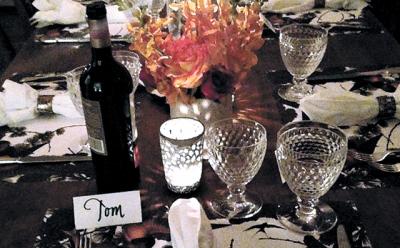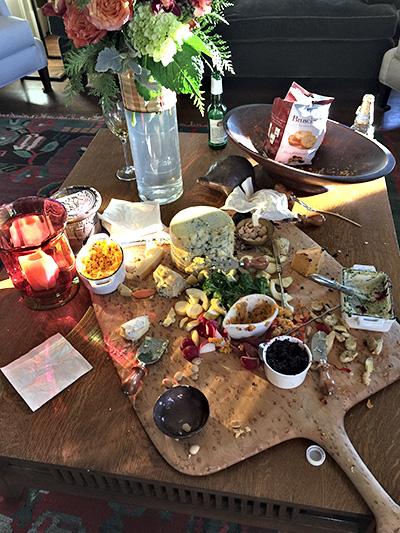News for Foodies 01.21.16
News for Foodies 01.21.16
Chili Alert
Cooks who make a mean chili — or even a nice but tasty one — may wish to fire up their cauldrons, as the Great Bonac Chili Cook-Off is on the horizon.
The event, which will raise money for the Clamshell Foundation’s scholarship fund and food donations, will take place at the American Legion Hall in Amagansett from 1 to 4 p.m. on Jan. 31. Home cooks and fire departments can enter for $25, while professionals must pay a $100 fee. Preregistration is required and can be done online at ClamshellFoundation.org.
Contestants will be judged by anyone who pays $15 to sample all the different chili recipes; the cost for kids from 6 to 16 is $10. Kids under 6 can sample for free.
For Football Watching
Super Bowl fans who wish to order takeout barbecue for noshing on during the Feb. 7 game have been advised to order early from Smokin’ Wolf Barbecue in East Hampton. A special game-day menu is posted at smokinwolfbbq.com. Those who order at least $85 worth of food will receive a free 12-pack of beer.
Looking ahead to an upcoming holiday, Slow Food East End has announced plans for a “Shuck Em” Valentine Oyster Brunch on Feb. 14 at the Art of Eating catering company’s headquarters in Amagansett. Oysters will be served in various ways, raw and cooked, along with other brunch items and local wine and beer. A complete menu is to be posted on the group’s website at slowfoodeastend.org. Reservations must be made by Feb. 8. The brunch will cost $125 per person, or $110 for Slow Food members.
Wine Tasting
Fresh restaurant in Bridgehampton is collaborating with the folks at Park Place Wines in East Hampton for a dinner tonight from 6 to 8 that will feature a complimentary tasting of six different wines.
The meal will start with leek and potato soup, followed by a choice of braised beef short ribs, fish Provencale au pistou, or gluten-free macaroni and cheese as an entree. Apple crisp with homemade cinnamon ice cream will be served as dessert. The cost is $30 per person, plus tax and gratuity. Reservations have been requested.
Visits to Wolffer Kitchen
The Wolffer Kitchen restaurant in Sag Harbor is developing a fan base, if comments by diners on social media are any indication. The restaurant is offering brunch on weekends as well as a prix fixe menu and has a happy hour from 5:30 to 7 p.m. Tuesday through Thursday, as well as Sunday, with specials on beer and wine and complimentary bar snacks.
At Southampton Campus
The South Fork Kitchens cafe at the Stony Brook Southampton campus has reopened after a break during the school holiday and is serving a seasonal winter menu, with weekly specials, Monday through Friday from 11 a.m. to 2 p.m. The cafe also serves coffee and snacks made by local producers.
Espresso Reopens
The Espresso Italian Market reopened last week in a new location in Sag Harbor at 2 Main Street, in a space at the top of Main Street near the water where the Cigar Bar once was. The market is open daily from 7 a.m. to 9 p.m. and is serving its popular sandwiches on homemade focaccia bread with signature house dressing, classic Italian entrees, salads — some available premade, to grab and go — and more.

